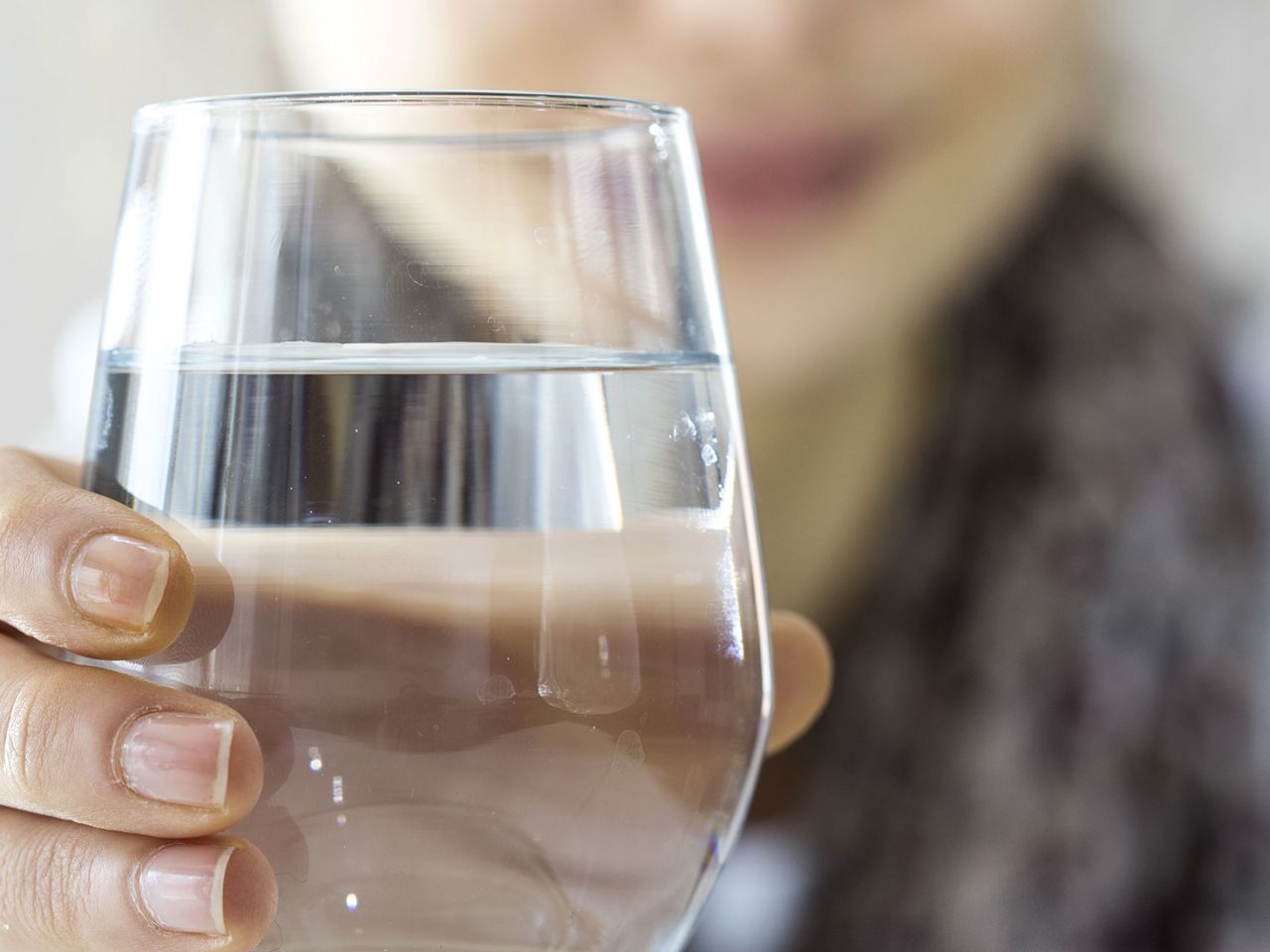
Over 1.3 million people are served drinking water from the Dallas Water Utility, making it one of the largest in the U.S. With the new data included in the release of the 2025 update to EWG’s Tap Water Database, we took a closer look at this expansive system for the millions of Dallasites served by it and compared it to the nation as a whole.
In addition to information about Dallas’ drinking water quality, the Tap Water Database provides details about chemical and radioactive contaminants in the water of nearly 50,000 community systems nationwide.
It also evaluates how these concentrations compare to federal legal limits and EWG’s own health-based standards for protection against harms such as a greater risk of cancer.
One river and six lakes surrounding Dallas supply water to its utility. From those sources, it is disinfected at the utility’s treatment plants, then piped to the city’s taps after treatment.
Test results through 2024 showed 38 contaminants were found in Dallas’ water system, with 17 at levels above EWG’s health-based limits.
Key contaminants in Dallas tap water
PFAS chemicals
Three harmful “forever chemicals” known as PFAS were found in the Dallas Water Utility at levels exceeding EWG’s health-based limits. Numerous studies have found that, even at low levels, exposure to PFAS may result in serious health harms, including suppression of the immune system, cancer, hormone disruption, thyroid changes, early puberty and liver damage.
In 2024, the Environmental Protection Agency finalized first-time drinking water limits for several PFAS, including the three in Dallas’ tap water – PFOA, PFOS and PFHxS.
EWG maintains an interactive map of known detections of PFAS in the U.S. and a map of suspected industrial discharges of PFAS – locations of sites known to produce or use PFAS or where PFAS use is suspected.
Nitrate
The fertilizer chemical nitrate is found in Dallas' water at levels nearly 5 times EWG’s health guideline. Studies in the U.S. and other countries have found greater incidence of colorectal, ovarian, thyroid, kidney and bladder cancer among people exposed to nitrate in drinking water.
Although nitrate contamination is often associated with rural areas, EWG analyses have found that urban water systems can also be affected, because of upstream agricultural pollution, stormwater runoff or municipal wastewater discharges into waterways.
A 2019 EWG peer-reviewed study estimated that nitrate pollution in U.S. drinking water may be responsible for up to 12,594 cases of cancer a year, at a cost of up to $1.5 billion for health care.
Hexavalent chromium
Hexavalent chromium, or chromium-6, in Dallas’ water was 14 times higher than EWG’s health guideline. A 2008 National Toxicology Program study linked chromium-6 in drinking water to cancer in laboratory animals, and a 2015 study by researchers in California found an increased risk of stomach cancer in workers exposed to the contaminant.
EWG has long raised the alarm on chromium-6, releasing a landmark analysis and map of the contamination across the U.S. in 2016. EWG maintains the interactive map, which charts contamination utility by utility.
Lead
For the 2025 release of the Tap Water Database, EWG was not able to find lead test results for the Dallas water utility in state or federal databases. Lead contamination can vary considerably from neighborhood to neighborhood within a city, often due to aging infrastructure and outdated plumbing materials.
Lead pipes, common in water lines installed before the 1930s, remain a key indicator of potential lead contamination in urban areas.
Lead is a potent neurotoxin that impairs children’s intellectual development and alters their behavior and ability to concentrate. There is strong scientific agreement that any amount of lead exposure during childhood is harmful, often causing irreversible damage.
Disinfection byproducts
The city’s water utility page in the Tap Water Database shows that 12 of the 17 contaminants exceeding EWG’s health guidelines are disinfection byproducts. This umbrella term includes bromate, bromochloroacetic acid bromodichloromethane, bromoform, chloroform, dibromoacetic acid, dibromochloromethane, dichloroacetic acid, the haloacetic acids HAA5 and HAA9, total trihalomethanes and trichloroacetic acid.
Drinking water must be disinfected to kill disease-causing pathogens, and the process is one of the greatest accomplishments in public health. But treatment can produce toxic byproducts if the water contains organic matter such as soil, fertilizer and animal waste – all of which are likely present in Dallas’ untreated surface water.
Scientists have identified more than 600 disinfection byproducts in treated drinking water. Some of the most common are linked to DNA damage, cancer and other harms. In a 2020 study, researchers in Sweden found that pregnant women exposed to low levels of chlorinated drinking water byproducts were more likely to give birth to underweight babies.
Water filtration
EWG’s Tap Water Database can help you find the right water filter for your needs. On the utility’s page in the database, you can see what contaminants were found in your system that could be addressed by a particular type of filter.
A simple countertop carbon filter can reduce most contaminants in the Dallas system above EWG’s health guideline.
The exceptions are chromium-6 and nitrate. Results of recent EWG tests of home filters found some pitcher filters can reduce levels of these contamination.
An advanced filter such as reverse osmosis is the most effective way to remove contaminants from drinking water – but this can cost more upfront than a typical carbon filter.
If you’re in the market for a countertop carbon filter, make sure to check out EWG’s guide to countertop water filters.
Stay in the know
EWG’s Tap Water Database is a helpful tool even if you’re not a Dallasite. The database puts your tap water’s contamination into perspective. Once you find your utility in the database, the info about the local water quality can help you understand your water so you can make informed decisions to help reduce your exposure to contaminants.
In the weeks and months ahead, EWG will continue to produce original drinking water content, from scientific analyses to everyday solutions to eye-opening explainers. Stay in the know by subscribing to EWG’s email list and follow us on Facebook, Instagram and YouTube.




